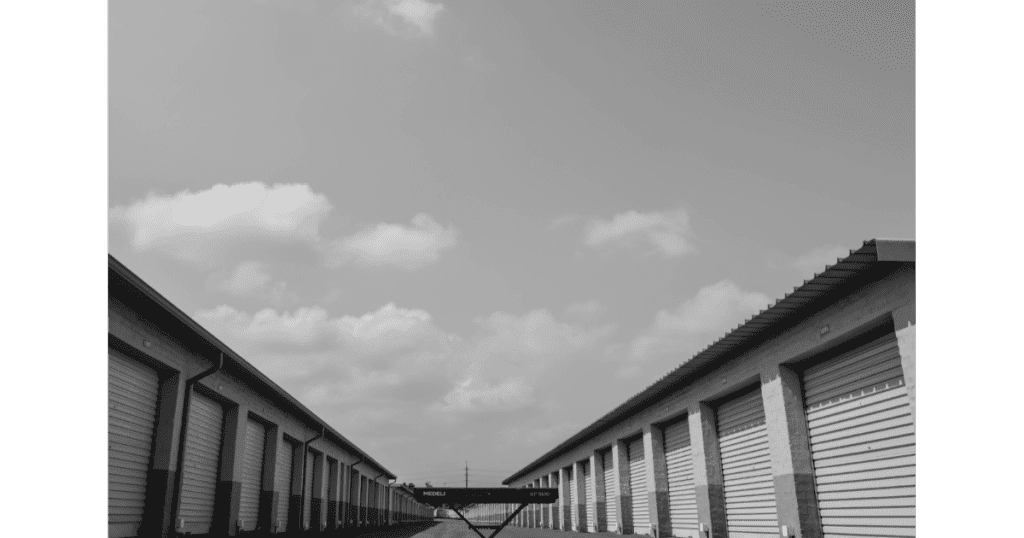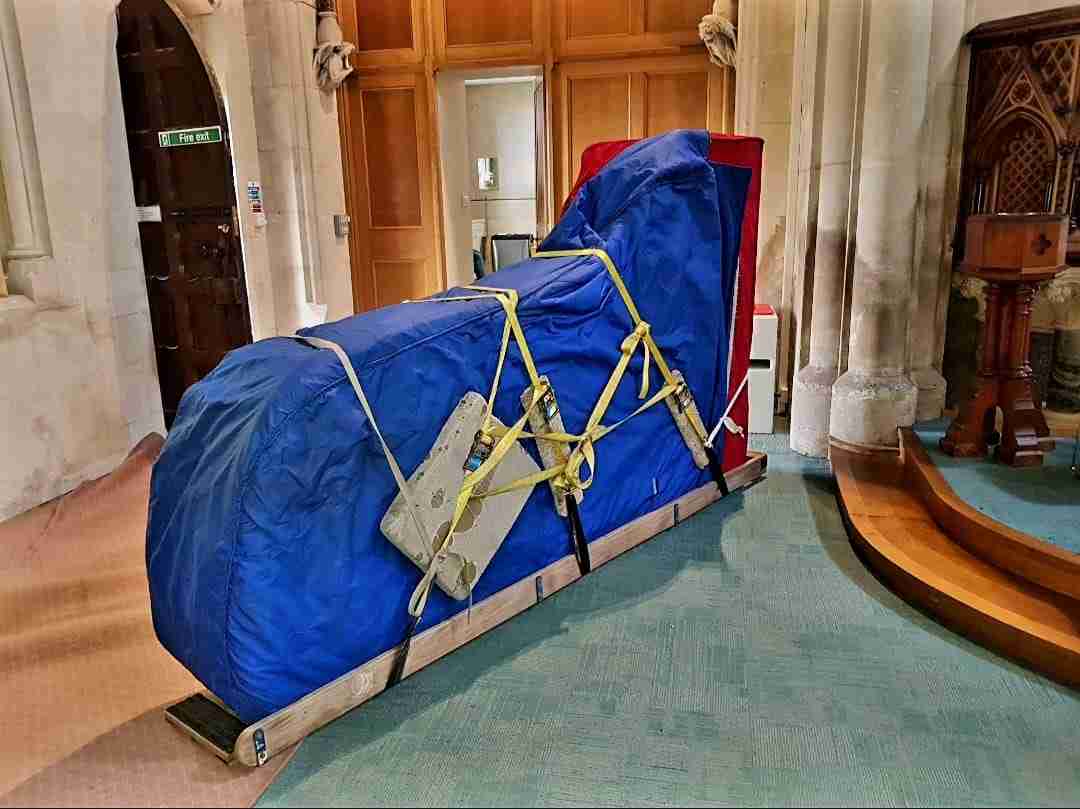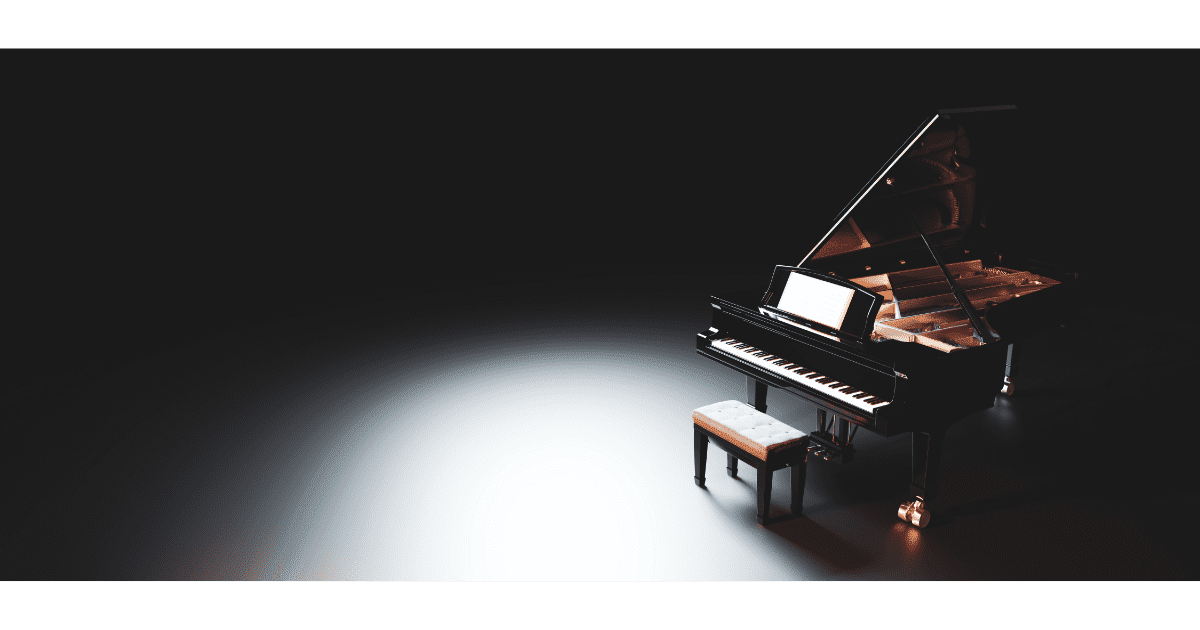
🎼 Understanding Piano Construction: Why They Require Special Handling
Pianos are more than just furniture—they’re finely engineered instruments with thousands of intricate components. A typical piano contains over 10,000 moving parts, including strings, hammers, dampers, and keys. The combination of high-tension steel strings and a delicate wooden frame makes them vulnerable to changes in temperature, humidity, and pressure. This complexity explains why careful storage and handling are essential.
Materials at Risk:
Wood: Highly susceptible to warping and cracking.
Felt: Can harden or rot under poor conditions.
Glue joints: May dry out or loosen in fluctuating climates.
Metal parts: Risk of corrosion if exposed to excess humidity.
🛠️ Professional Storage vs. DIY: What’s Best for Your Piano?
While some may consider storing a piano in a friend’s garage or a regular storage unit, these options come with risks. Professional piano storage services are designed with the needs of this unique instrument in mind.
Benefits of Using Professional Storage:
Specialised climate control
Vibration-free environment
Trained staff to handle pianos correctly
Security monitoring to prevent theft or vandalism
Insurance options for peace of mind
In contrast, DIY storage may lack environmental stability, increasing the risk of permanent damage.
📅 How Long Can You Store a Piano?
The duration of storage can influence the measures you take. Whether it’s a few weeks or several years, your approach should reflect the length of time involved.
Short-Term Storage (under 3 months):
Light protection is typically sufficient.
Keep in a climate-controlled environment.
Schedule tuning after retrieval.
Long-Term Storage (over 3 months):
Invest in professional disassembly and wrapping.
Choose insured, secure, climate-stable facilities.
Plan for professional tuning and inspection post-storage.
🧃 Humidity & Pianos: The Hidden Threat
Humidity is one of the most significant threats to a piano in storage. Here’s why it matters:
Excess humidity (above 60%) can cause swelling in wooden components and rust on strings.
Low humidity (below 30%) may dry out the wood, leading to cracks and loose tuning pins.
Consider installing a humidifier or dehumidifier in your storage unit, or use a Piano Life Saver System for ongoing moisture control.
🪵 Special Tips for Different Piano Types
Upright Pianos:
Keep them upright at all times—laying them down can warp the internal structure.
Ideal for storage with minimal disassembly.
Grand & Baby Grand Pianos:
Must be disassembled: legs, lyre, and music desk should be removed.
Store on a flat surface with padding to avoid strain on the rim.
Each piano type requires tailored care, so consult with a professional before beginning the storage process.
🏷️ Label & Inventory Your Piano Parts
When disassembling your piano for storage:
Label each part clearly using tags or masking tape.
Photograph each stage of disassembly to help with reassembly.
Store small parts (screws, pedals, etc.) in a labelled container.
This not only ensures a smooth setup later but also prevents losing crucial components.
🌍 Eco-Friendly Storage Solutions
For those seeking sustainable options, ask your storage provider about:
Energy-efficient climate control
Recycled or biodegradable packing materials
Digital paperwork to reduce waste
Storing your piano doesn’t have to come at the expense of the environment.
📣 Testimonials from Real Customers
“A1 Piano Removals took excellent care of my baby grand. Their team packed it with such precision, and when it was returned, it sounded perfect.” – Emily R., London
“Storing my piano during our house move was stress-free thanks to A1. The climate control made all the difference.” – James W., Birmingham
These experiences reflect our commitment to professionalism, care, and customer satisfaction.
📞 Ready to Store Your Piano? Get in Touch!
With decades of experience, A1 Piano Removals is your trusted partner for piano transport and storage across the UK. We provide bespoke solutions for individuals, schools, concert halls, and professional musicians.
Services We Offer:
Local and nationwide piano removals
Long- and short-term climate-controlled storage
Piano tuning, reassembly, and post-storage maintenance
📧 Email: [email protected]
📞 Phone: 0778135541






